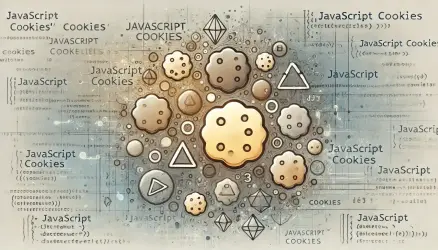The break statement in JavaScript is used to terminate the current loop, switch, or label statement. When the break statement is encountered, the program flow is immediately exited from the loop or switch, and the execution continues with the next statement following the terminated statement.
Using break in Loops
The break statement is commonly used in loops, such as for, while, and do...while loops, to exit the loop based on a certain condition:
for (let i = 0; i < 10; i++) {
if (i === 5) {
break;
}
console.log(i);
}
// Output: 0, 1, 2, 3, 4
In this example, the loop will iterate until i equals 5, at which point the break statement will terminate the loop.
Here’s a comprehensive post i’ve written about JavaScript for loops.
Using break in switch Statements
In a switch statement, the break statement is used to exit a case block once the desired case is executed:
let fruit = 'apple';
switch (fruit) {
case 'apple':
console.log('This is an apple.');
break;
case 'banana':
console.log('This is a banana.');
break;
default:
console.log('Unknown fruit.');
}
// Output: This is an apple.
Without the break statement, the program would continue executing the subsequent cases even if a match is found.
Using break with Labels
The break statement can also be used with labels to terminate labeled statements:
outerLoop: for (let i = 0; i < 3; i++) {
for (let j = 0; j < 3; j++) {
if (i === 1 && j === 1) {
break outerLoop;
}
console.log('i =', i, 'j =', j);
}
}
// Output:
// i = 0 j = 0
// i = 0 j = 1
// i = 0 j = 2
// i = 1 j = 0
In this example, the break statement with the label outerLoop terminates the outer loop when the condition is met, stopping all iterations.
Best Practices
While the break statement can be a powerful tool, it should be used judiciously to maintain code readability and avoid unexpected behavior. Here are some best practices:
- Use
breakin loops to exit early when necessary, but ensure the condition for breaking is clear and logical. - In
switchstatements, always include abreakstatement in each case to prevent fall-through. - When using labels, keep the code structure simple and avoid excessive nesting of loops and labeled blocks.
By understanding and applying the break statement correctly, you can control the flow of your programs more effectively, making them easier to read and maintain.


